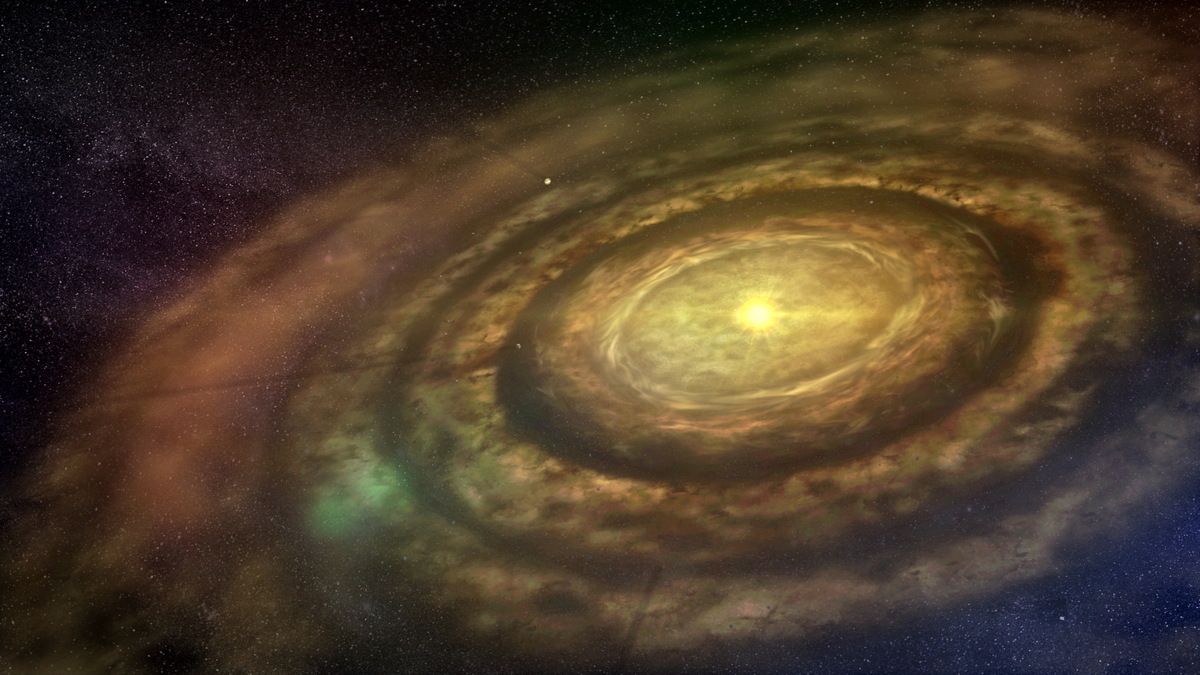The frontrunner in this new space race is, of course, NASA. They’re the only organization to have even done it before in the first place, but that was 50 years ago. And while all the technology of the Apollo program still exists in the form of blueprints and designs, all the human expertise that went into crafting those rockets and spaceships is now either retired or passed away. Besides, we’re not spending nearly as much money on the modern space program than we were in the 1950’s and 60’s, and to be quite frank, the Apollo missions were outright dangerous – they had a level of risk that is completely unacceptable to modern standards. When the Apollo 1 disaster happened, killing three astronauts during a launch dress rehearsal in 1967, NASA paused human spaceflight…for less than two years. An event like that today would likely shut down programs for at least a decade.
Today, NASA has plans to return to the Moon, Dubbed the Artemis project, the first crewed mission profile (which is currently slated for no nearly than 2026) looks like this:
First, a launch will send the lunar lander craft into earth orbit. A private company, either SpaceX or Blue Origins, will provide this craft. To get the lander to the moon it will need to be refueled, which will take somewhere in the ballpark of 10-20 additional launches, rendezvous in orbit, and refueling (alternatively, there might be a “Tanker” in orbit that is already prefilled). The lander will then burn and get itself into lunar orbit and wait.
Additional lunar landers may be sent to deliver supplies to the lunar surface for later use.
Then, NASA’s newest rocket, the space launch system or SLS, will send the Orion spacecraft into orbit. The Orion spacecraft will then carry four astronauts into a lunar orbit, taking 2-3 days to reach the moon. The Orion spacecraft will dock with the lunar lander. Two astronauts will descend on the lunar lander and spend roughly a week at or near the lunar south pole. Then will then get back in the lunar lander, launch up, rendezvous with Orion, ditch the lander, and return to Earth, splashing down in some handy large body of water.
That’s quite a complex mission plan, much more complex than the original Apollo missions of the last century. The reasons for that complexity are that the Artemis project is operating in a much more difficult political environment (there’s not as much broad support for the space program anymore), the fact that the Artemis missions will be much longer and more scientifically in depth than Apollo, and it will set the stage for a longer-term (and even permanent) human presence on the Moon.
That said, everyone agrees that the projected launch date of 2026 is…well let’s just say it’s optimistic. The Orion spacecraft is having some weird heatshield issues, which is critical for its survival when it descends through the atmosphere on its way back home, and NASA is currently debating if the next Artemis launch should be uncrewed so it can have another test. The SLS launcher itself is slow and difficult to build, and relies on solid rocket boosters which are notoriously finicky. They best way I can describe it is that solid rocket boosters are like over-powered roman candle fireworks. One little thing wrong and, well, your fourth of July party is going to involve a visit to the emergency room.
The private partners aren’t exactly keeping to their timelines either. At the time of this episode Blue Origins hasn’t even gotten a spacecraft into orbit, let alone demonstrated a viable moon lander. As for SpaceX, they are in the midst of testing their Starship, which will serve as the basis for their lunar lander. Starship tests seem to be going well…but they don’t have the lunar lander part settled yet.
Space is hard. In the 1960’s the United States was able to accomplish it by spending nothing less than a staggering amount of money: the Apollo program spent over $260 billion of today’s dollars just to send a couple dozen people to the lunar surface. Missions to the moon are exceedingly complex, requiring launching, traveling, landing, surface activities, launching again, returning, and landing back on the Earth. This isn’t some orbital joyride, this is on the very edge of what humanity is capable of.
Source link


